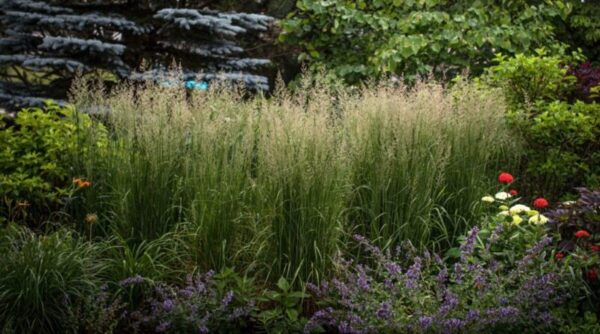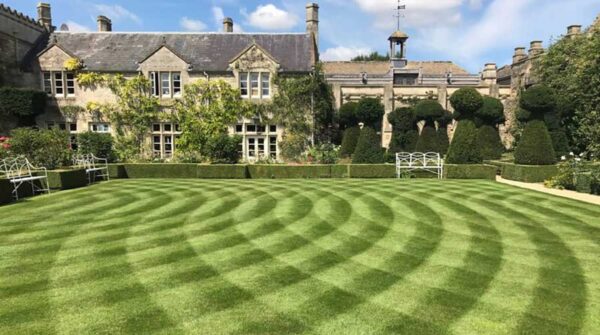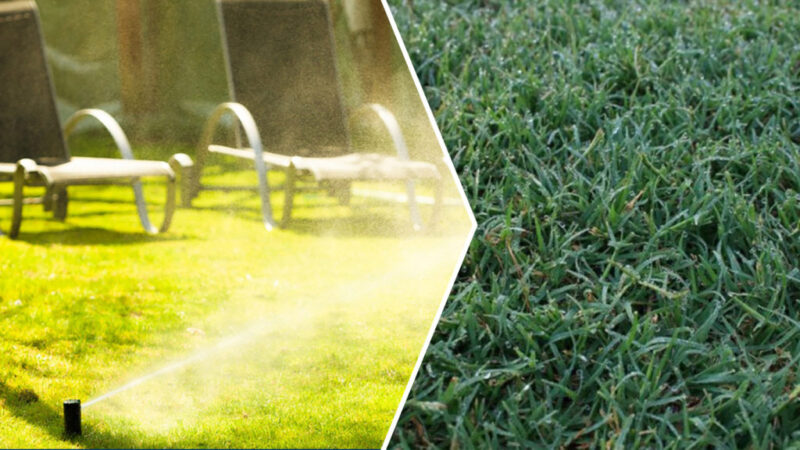Karl Foerster Feather Reed Grass (Calamagrostis x acutiflora ‘Karl Foerster’) is a popular ornamental grass known for its elegant appearance and low maintenance requirements. This versatile plant is valued for its feathery plumes, upright habit, and tolerance to various growing conditions. Whether you are a beginner or an experienced gardener, understanding the proper care for Karl Foerster Feather Reed Grass can help you cultivate a stunning landscape. In this comprehensive guide, we will explore every aspect of Karl Foerster Feather Reed Grass care, from planting to pruning and everything in between.
**1. ** Understanding Karl Foerster Feather Reed Grass:
Karl Foerster Feather Reed Grass is a clump-forming perennial grass that originated in Europe. It typically reaches a height of 2 to 5 feet and features narrow, upright leaves with a distinct vertical growth habit. The plant produces feathery, reddish-brown flower plumes in early summer, which turn golden as they mature, adding visual interest to gardens and landscapes.
**2. ** Choosing the Right Location:
One of the key factors in successful Karl Foerster Feather Reed Grass care is selecting an appropriate planting location. This grass thrives in full sun to partial shade. Choose a spot with well-draining soil to prevent waterlogged roots. While it can tolerate a range of soil types, Karl Foerster Grass prefers moderately fertile soil. Avoid planting in low-lying areas prone to water accumulation, as excessive moisture can lead to root rot.
**3. ** Planting Karl Foerster Feather Reed Grass:
Planting Karl Foerster Feather Reed Grass is a straightforward process. Start by digging a hole twice the diameter of the root ball and just as deep. Place the plant in the center of the hole, ensuring the top of the root ball is level with the soil surface. Fill the hole with soil and press gently to remove air pockets. Water the newly planted grass thoroughly to help it establish roots.
**4. ** Watering Requirements:
Karl Foerster Feather Reed Grass is relatively drought-tolerant once established. During the first growing season, regular watering is essential to encourage deep root growth. Water deeply and infrequently to promote a robust root system. Once established, the grass typically relies on natural rainfall, making it an excellent choice for low-maintenance landscapes.
**5. ** Fertilizing Karl Foerster Feather Reed Grass:
Feather Reed Grasses are not heavy feeders, and excessive fertilization can lead to floppy growth. However, applying a balanced, slow-release fertilizer in early spring can enhance the plant’s overall health and vigor. Avoid high-nitrogen fertilizers, as they may promote lush foliage at the expense of flowers.
**6. ** Pruning and Maintenance:
One of the attractive features of Karl Foerster Feather Reed Grass is its low maintenance requirements. In late winter or early spring, before new growth emerges, prune the grass by cutting back the previous year’s growth to a height of 4 to 6 inches above the ground. This rejuvenation pruning helps remove dead foliage and encourages fresh, healthy growth.
**7. ** Dividing Karl Foerster Feather Reed Grass:
Over time, Karl Foerster Feather Reed Grass may become overcrowded, leading to reduced vigor and flowering. Dividing the grass every 2 to 3 years rejuvenates the plant and maintains its vitality. Divide the clumps in early spring or fall by digging up the entire plant, dividing it into smaller sections with a sharp shovel, and replanting the divisions in prepared soil.
**8. ** Pest and Disease Management:
Karl Foerster Feather Reed Grass is relatively resistant to pests and diseases. However, occasional issues with aphids or rust may arise. Insecticidal soap or neem oil can help control aphid infestations, while removing affected foliage and promoting good air circulation can manage rust. Regular inspection of the grass can help detect and address any problems promptly.
**9. ** Landscaping with Karl Foerster Feather Reed Grass:
This ornamental grass is incredibly versatile and can be used in various landscaping applications. Plant it in mass plantings for a striking visual effect, or use it as a focal point in mixed perennial borders. Its upright growth habit makes it an excellent choice for formal gardens, and it also works well in contemporary or naturalistic landscapes. Additionally, Karl Foerster Feather Reed Grass complements a wide range of flowering plants and shrubs, adding texture and movement to the garden.
**10. ** Winter Care:
During winter, Karl Foerster Feather Reed Grass adds interest to the landscape with its golden plumes and upright structure. Leaving the grass uncut until late winter or early spring provides winter interest and offers shelter to birds and beneficial insects. Once the worst of winter has passed, prune the grass to its recommended height to prepare it for the upcoming growing season.
In conclusion, Karl Foerster Feather Reed Grass is a valuable addition to any garden or landscape, enhancing its beauty with minimal effort. By understanding its specific care requirements, from proper planting techniques to pruning and maintenance. You can enjoy the elegance of this ornamental grass year after year. Whether you are a beginner or an experienced gardener, incorporating Karl Foerster Feather Reed Grass into your outdoor space can elevate its aesthetics and create a visually appealing environment.





